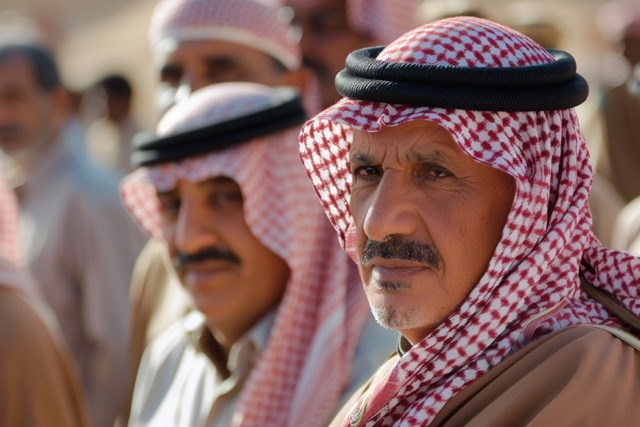Makkah’s Grand Mosque Prepares for Umrah Pilgrims During Ramadan
In anticipation of the holy month of Ramadan, the General Authority for the Affairs of the Grand Mosque and the Prophet’s Mosque has designated specific doors in the Grand Mosque to receive Umrah pilgrims this year.
Working in collaboration with security authorities, the doors administration has opened 210 doors to ensure a smooth flow of pilgrims and to prevent suffocation and overcrowding.
Special attention has been given to the entrances and exits of the Grand Mosque, with a focus on accommodating individuals with special needs.
This initiative is a joint effort with government agencies operating within the Grand Mosque premises.
Entrances and Exits for Umrah Pilgrims
Umrah pilgrims are allowed to use various entrances, including King Abdulaziz Gate, King Fahd Gate, Umrah Gate, Salam Gate, and doors 85-93 on the ground floor except for 88.
Additional entry points include Ajyad Staircase, Ajyad Bridge, Shubaika Staircase 65-66, King Fahd Stairway 91-92, staircase 84, side crossings 78-80 for exit, staircase 74, regular stairs 71, 73, 85, 88, King Fahd staircase, and doors 75-77, 81-83.
For emergencies, the Shubaika staircase and King Abdulaziz Gate are reserved.
On different levels, pilgrims can use designated entrances and elevators to access the prayer halls and other facilities.
Guidance and Assistance at the Grand Mosque
Saudi youths and men are stationed at the entrances of the Grand Mosque to assist visitors and pilgrims in navigating the vast premises.
Fluent in multiple languages, these guides are available at every door, ensuring that everyone can perform their rituals without any difficulty.
Historical Evolution of the Grand Mosque
Historian Adel Al-Nimri highlighted the architectural evolution of the Grand Mosque, noting the changes in design and structure over different periods.
The development of distinctive characteristics, including the number and size of doors, can be traced back to the reign of Omar bin Al-Khattab in 17 AH (A.D. 638).
Initially, the doors of the Grand Mosque did not have a traditional construction method. They served as entrances from alleys and roads overlooking the mataf at that time.
With the increasing number of Muslims after the Islamic conquests, the building of the Grand Mosque expanded, and surrounding houses were purchased to accommodate the growing population.
The first wall around the Grand Mosque was built during Omar bin Al-Khattab’s reign, with doors being added later to enhance the architectural design.

